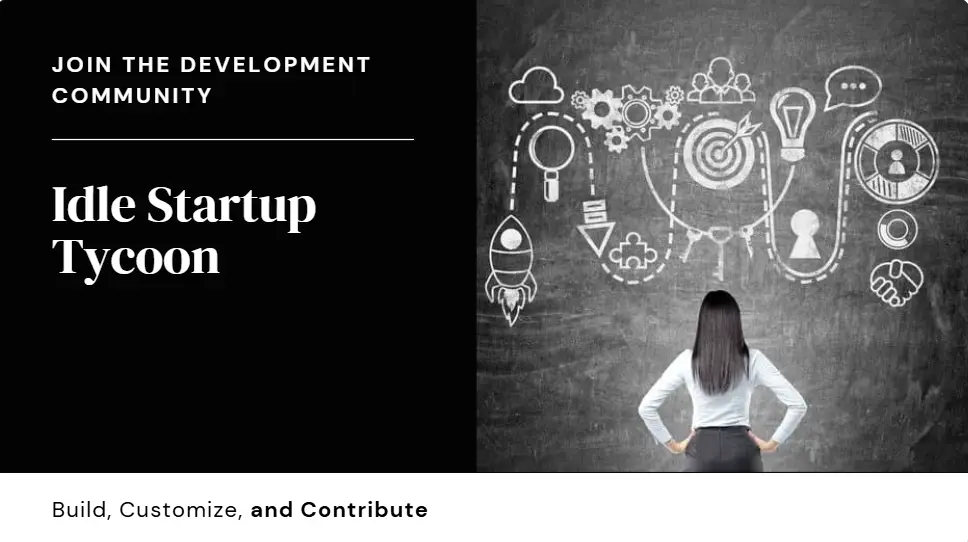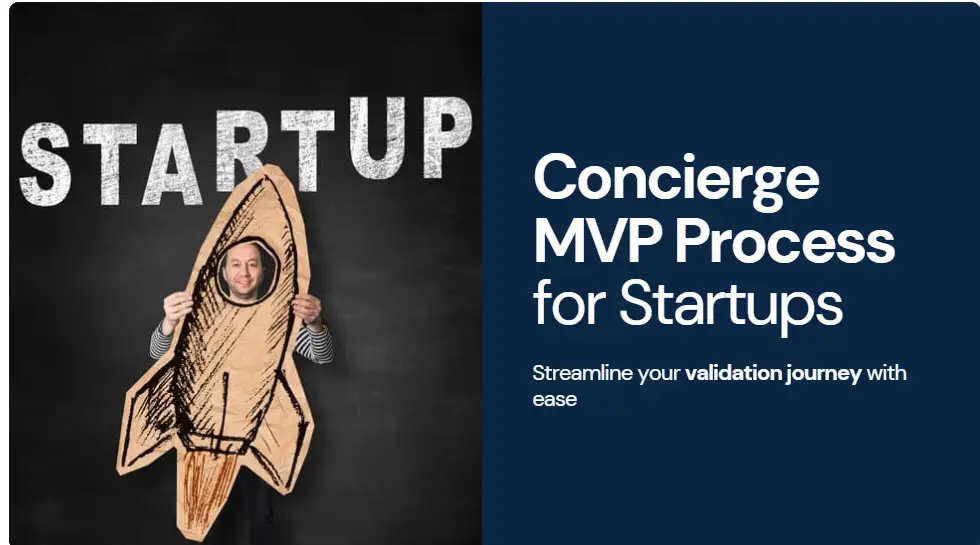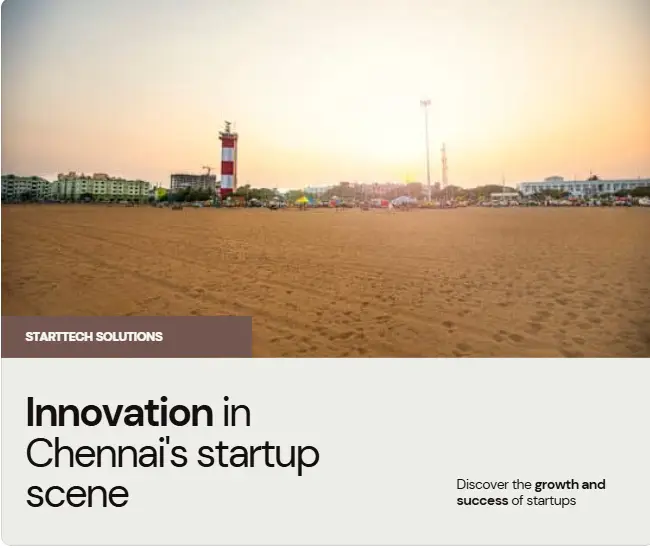Introduction
A massive change is underway in how we eat. Cloud kitchens also known as ghost kitchens, dark kitchens, or virtual restaurants have revolutionized how food is prepared, ordered, and delivered. Unlike traditional restaurants with waiters, fine decorations, and paper menus, these operations work entirely behind closed doors. They are delivery-only setups, hidden from public view and powered by technology.
In this new model, Artificial Intelligence (AI) is more than just a tool; it's the invisible chef, data scientist, logistics manager, and marketing team all in one. From predicting the dishes you'll crave on a rainy Tuesday to dynamically altering menus and orchestrating robotic cooking, AI is crafting a new dining experience. This revolution isn't just changing business models; it's altering the very recipe of the global food industry.
Why This Trend Is Necessary
Here are the key arguments for why AI-powered cloud kitchens are transforming the future of food delivery and restaurant entrepreneurship:
- Invisible but Scalable: With no front-of-house space, cloud kitchens are cheaper to start and far easier to scale across multiple locations.
- AI as the Kitchen Brain: AI predicts orders, manages inventory, and optimizes delivery routes, making kitchens faster, more efficient, and smarter.
- Data-Driven Dining: Menus are no longer static. They change dynamically based on local trends, customer behavior, and even weather data.
- Less Waste, Maximum Efficiency: AI ensures precise portion control, minimizes inventory spoilage, and enables extremely lean kitchen operations.
- Virtual Brands Proliferation: A single physical kitchen can host numerous virtual food brands, each tailored to specific tastes and market demands.
- Post-COVID Resilience: The pandemic accelerated the shift to delivery-first dining. AI cloud kitchens are built to thrive in this new, contact-conscious world.
- Hyper-Personalized Future: AI makes it possible to tailor the food delivery experience to individual likes, dietary needs, and even moods, creating a truly personal service.
Cloud Kitchens: What Are They?
The Basics of Cloud and Ghost Kitchens, Deconstructed
Cloud kitchens are professional facilities built exclusively for preparing delivery-only meals. They have no storefront and no seating for customers. A cloud kitchen restaurant exists solely on food delivery apps like Zomato, Swiggy, or UberEats.
Differentiate between Cloud Kitchens and Traditional Restaurants
| Attribute | Cloud Kitchen | Conventional Restaurant |
|---|---|---|
| Customer Seating | ❌ Not Available | ✅ Yes Available |
| Location Flexibility | ✅ High (warehouses, basements) | ❌ Limited to commercial areas |
| Startup Costs | 💰 Low | 💸 High |
| Focus | 📦 Delivery | 🍴 Dine-in & Delivery |
Visualizing Startup Costs
Ghost Dining Rises: A Pandemic-Driven Phenomenon
How Lockdown Gave Birth to Virtual Restaurants
As COVID-19 restrictions pushed consumers online, dine in options vanished. The demand for online food delivery soared, creating the perfect environment for ghost kitchens to mushroom and meet this new need.
Consumer Behavior Shifts in the Food Industry
- A widespread movement towards contactless delivery.
- A growing preference for convenience-focused meals.
- An increase in home based cloud kitchen entrepreneurs.
AI in the Kitchen: Not Just for Sci-Fi Anymore
Smart Tech Taking Over the Back of House
From robotic arms flipping burgers to AI systems managing kitchen orchestration, automation is steadily replacing repetitive and labor intensive tasks in the modern kitchen.
From Order Prediction to Ingredient Tracking
AI can:
- Predict order volume with high accuracy.
- Monitor inventory levels in real-time to prevent stockouts.
- Minimize human error in order preparation and processing.
Data is the New Spice: AI-Driven Personalization
How AI Recommends Your Next Favorite Dish
By analyzing your previous orders, browsing history, and stated taste preferences, AI algorithms can suggest dishes tailored specifically for you, increasing customer satisfaction and repeat orders.
Tailoring Menus to Local Tastes and Trends
AI dynamically adapts menus based on a variety of real-time factors, including:
- Local festivals or events that influence food choices.
- Regional flavor profiles and popular local dishes.
- Trending ingredients seen on social media or in search data.
Automating the Menu: Dynamic Menus That Sell
Using Machine Learning to Create Profitable Dishes
Machine learning helps create profitable recipes by analyzing which ingredient combinations and price points yield the best sales and customer reviews, optimizing the menu for financial success.
Seasonal Suggestions for Trending Foods
AI understands seasonal demand. It can automatically promote mango lassi in the summer or hot soup in the winter, ensuring the menu is always aligned with what customers want right now.
Delivery Optimization: Getting Hot Meals Fast
AI Routing for Faster, Cheaper Delivery
AI-powered logistics ensures faster delivery by:
- Planning the most optimal delivery routes.
- Capturing real-time traffic data to avoid delays.
- Synchronizing kitchen prep times with driver pickup windows.
The End-to-End AI-Powered Dining Experience
When you open a delivery app and it recommends a meal based on your order history and the current weather, it's not a coincidence it's AI. Here’s how AI assists across the entire food delivery ecosystem:
-
Personalized Recommendations
The AI acts like a digital sommelier, suggesting meals based on your unique taste profile.
-
Dynamic Menu Engineering
The menu you see is controlled by AI, showcasing trending dishes at peak times to maximize sales.
-
Smart Kitchen Routing
AI acts as a dispatcher, efficiently managing order flow within the kitchen to ensure food is hot and ready simultaneously.
-
Automated Inventory Management
AI forecasts demand, automatically reordering ingredients to prevent stockouts and waste.
-
Delivery Route Optimization
AI calculates the fastest and most efficient delivery paths in real-time, factoring in traffic and order batching.
-
Real-Time Quality Control
Sensors and IoT systems monitor food to ensure it's cooked to the correct temperature and securely packed.
Technological Advancement Tracks Customer Feedback with Sentiment AI
Sentiment AI analyzes customer feedback after delivery to continuously improve the service. It can decipher text reviews, voice notes, and even emojis to gauge customer happiness and identify specific issues with food quality or packaging.
AI Cloud Kitchen Leaders and Innovations from Startups
The AI-cloud kitchen boom is here. A new breed of food-tech startups are cooking up the future by seamlessly blending software, robotics, and data science with food service.
Spotlight on Indian and Global AI Cloud Kitchen Leaders
Rebel Foods
🇮🇳 IndiaIndia’s leading internet restaurant company (Faasos, Behrouz Biryani). Uses AI for inventory control, order forecasting, and kitchen optimization. It operates in over 10 countries.
Curefoods
🇮🇳 IndiaPromotes healthy food brands like EatFit, using data science for calorie assignment, kitchen strategy, and customer retention.
Box8 & Mojo Pizza
🇮🇳 IndiaFocuses on hyper-local menu optimization, leveraging dynamic pricing and automated cooking operations for efficiency.
CloudKitchens
🇺🇸 USAFounded by ex-Uber CEO Travis Kalanick, it provides plug-and-play, robotically-controlled cloud kitchens, using AI to manage real estate and operations. Valued at over $15B.
Kitchen United
🇺🇸 USAOffers a multi-brand, hub-and-spoke kitchen model integrated with AI, helping existing restaurants expand their digital footprint.
Taster
🇫🇷 France/UKDevelops fully digital food brands, using AI to monitor real-time location data for menu adjustments and to oversee kitchen operations.
Investment Frenzy: Why VCs Are Hungry for Ghost Kitchens
Big Money Flowing Into Digital Dining
Venture capitalists (VCs) see massive ROI potential in cloud kitchens due to their low overhead, highly scalable model, and rapid market adoption.
Key Financial Metrics Investors Love
Challenges on the Menu: Pitfalls of AI-Driven Kitchens
Technical Glitches and Ethical Issues
A heavy dependence on technology comes with risks:
- Risk of system downtime halting all operations.
- Potential for bias in AI models affecting recommendations or hiring.
- Lack of a human touch in the food creation and service experience.
Over-Reliance on Automation
Excessive automation can stifle culinary creativity, reduce job opportunities for chefs, and potentially lead to a standardized, soulless food culture.
What This Means for Conventional Restaurants
Coexistence or Co-competition?
Traditional restaurants must adapt by focusing on what cloud kitchens cannot offer: a unique dine-in customer experience. Many are also developing hybrid models, using their existing kitchens to launch delivery only virtual brands.
Launching Your AI-Enhanced Cloud Kitchen
Steps for Starting Your Ghost Brand
- Pick your cuisine niche 🎯: Identify a gap in the local market.
- Obtain licensing & hygiene certification 📜: Ensure full compliance with local laws.
- Rent a shared kitchen or set one up yourself 🍳: Choose a model that fits your budget.
- Integrate with food apps 📱: Get listed on major platforms like Zomato, Swiggy, and Uber Eats.
- Adopt AI for operations & marketing 🤖: Use tools for menu engineering, inventory, and delivery optimization.
Conclusion: The New Recipe for Food Business Success
AI, automation, and cloud kitchens have ignited a quiet but powerful revolution. They are unchaining restaurants from the high costs of real estate and large front-of-house staff, enabling lean, intelligent, and digitized operations without physical boundaries. For entrepreneurs, investors, and technologists, ghost dining is far more than a trend it is a fundamental paradigm shift.
AI doesn't just improve kitchen performance; it reinvents the entire ecosystem. The future belongs to those who can masterfully blend culinary creativity with algorithmic precision, turning meals into personalized experiences and kitchens into data powered production hubs.
🔑 Key Takeaways
- Cloud kitchens are scalable, low-cost, and location flexible, powered by data instead of foot traffic.
- AI integration enables real time decision making for everything from inventory and staffing to pricing and promotions.
- Dynamic menus and predictive analytics allow for continuous product development and hyper personalization.
- This is the age of "food as software," where kitchens are operating systems and dishes are modular applications.
- While the model is powerful, challenges like regulatory gaps and the ethics of automation must be addressed thoughtfully.
- The future of food is agile, invisible, and personalized by code, not just by chefs.
⚠️ Disclaimer: Use, Risk, and Responsibility
The information presented here is for educational and informative purposes only, based on observable trends and publicly sourced data. The inclusion of specific technologies or startups does not constitute an endorsement. The field of AI and food technology involves complex technical, financial, and ethical considerations.
Important Considerations:
- Conduct your own due diligence before investing in or starting a cloud kitchen.
- This content is not investment, legal, or business advice. Consult professionals for tailored guidance.
- Technological capabilities and pricing may vary by region and brand maturity.
- Data privacy, compliance, and cybersecurity are critical areas requiring expert attention.
- Human creativity and culinary intuition remain irreplaceable; AI is a tool, not a total replacement.





